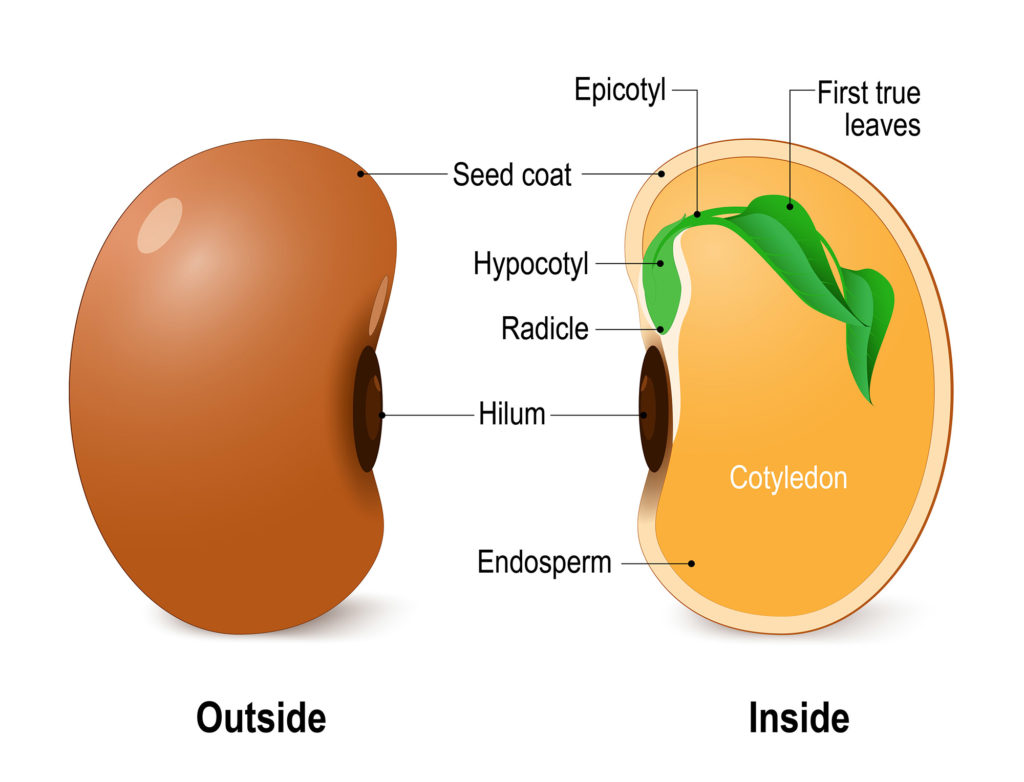
Fruit & Seeds The next generation of flowering plants

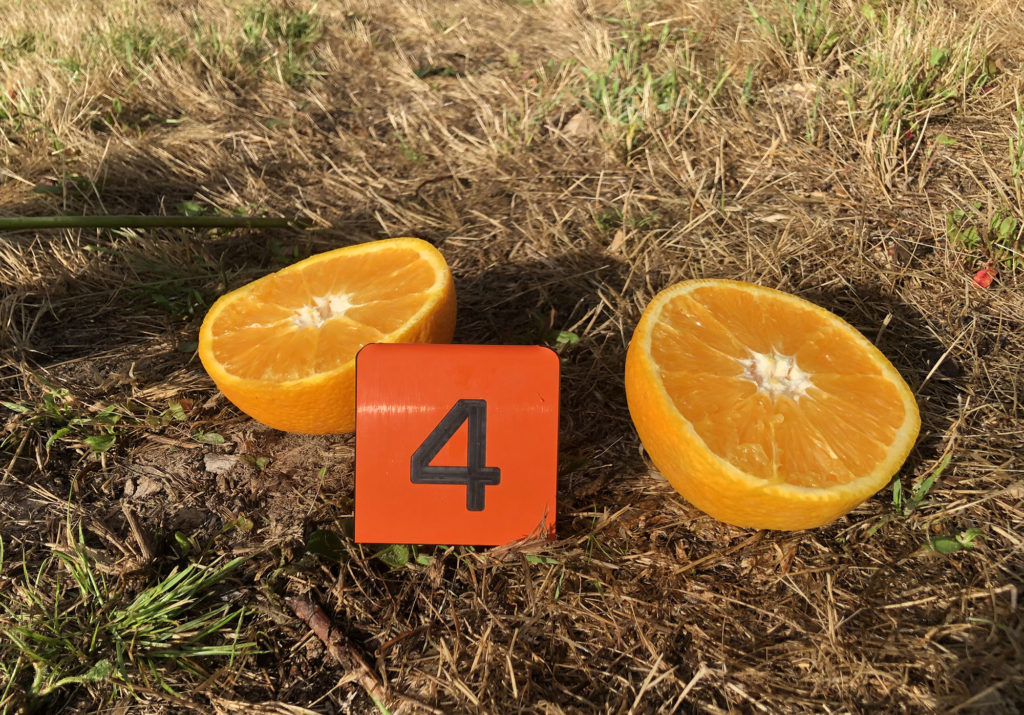
Fruit & Seeds Objectives
-
Discuss seeds, including the parts of a seed, the process of germination, and examples of commercially important seeds.
-
Classify different types of dry and fleshy fruits.
-
Provide examples of different forms of fruit and seed dispersal.
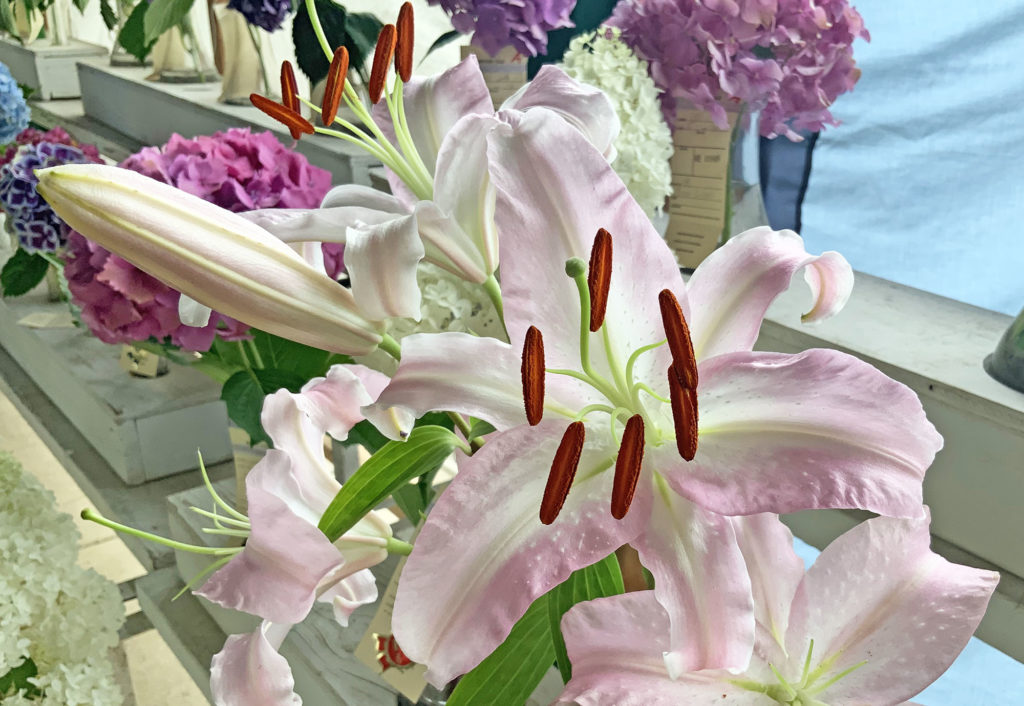
A quick review of flowers:
Can you identify the stamen (pollen on the anther, attached to a long filament) and the stigma the pollen would land on with the style that carries the pollen down to the ovary?
Now we are focusing on what is produced after flowers are pollinated: fruit and seeds.
Since fruits may mature weeks or months after flowering, many people do not visualize the flower that produces a fruit. Tomato plants, like the roses can simultaneously display both flowers and developing fruit.
These are the general signals of seasonal changes far from the equator: spring is for flowers, summer is for developing fruit, and autumn is for harvest. You can predict the season when we made this video.
Seed Structure and Germination

Moisture, temperature, and/or day length can trigger germination, the development of a seed into a seedling.
Cotyledons support the developing seedling with nutrients and can in many cases also carry out photosynthesis.
These models and preserved specimens show stages of bean germination.
Beans (dicots) and corn (monocots) appear significantly different in the garden as they emerge from the ground.
Economically Important Seeds
This video provides an overview of seeds that are especially important to humans.
Grains from grasses provide almost half of the energy (calories) in the human diet.
Fruit Structure and Function
From your own background knowledge; fruit develop from plants that have _____. What are the primary functions of fruit? _______
Answers: flowers; protect & disperse seeds
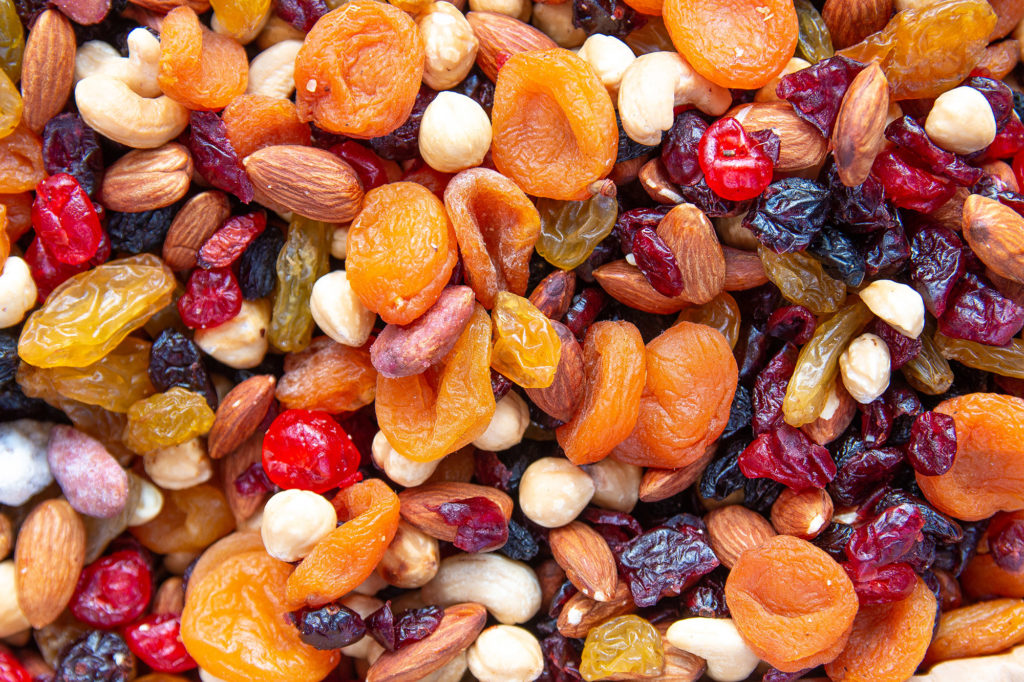
A fruit is a ripened (mature) ovary that protects and may disperse seeds. When the fruit ripens, it can be fleshy (moist) or dry.
There are two general categories of fleshy fruits (complex or simple) and two general categories of dry fruit (ones that rupture or others that don’t).
Fleshy Fruits – Simple
This video provides an overview of fleshy fruits.
Fleshy Fruits – Simple
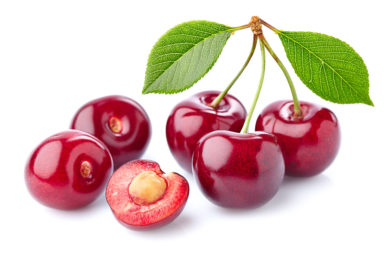
Drupe
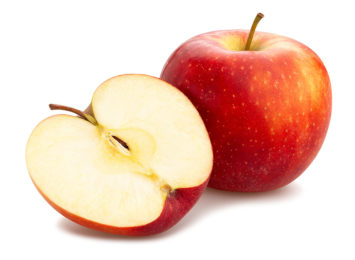
Pome
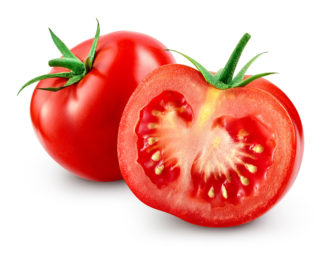
Berry
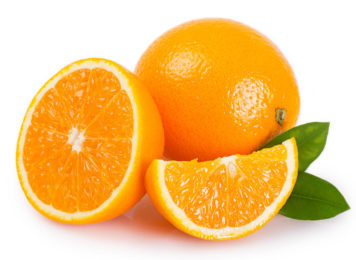
Hesperidium
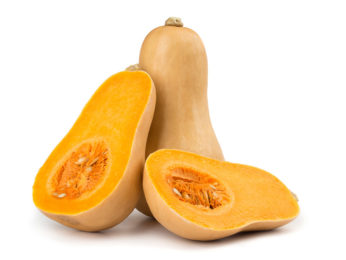
Pepo
Different fruit structures may relate to the primary roles of a fruit: to protect and disperse the seeds.
Fleshy Fruits – Complex

Multiple Fruits
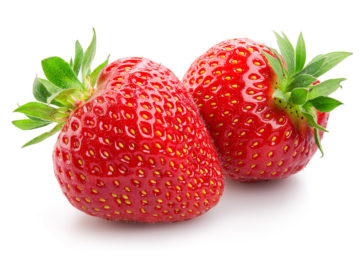
Aggregate Fruits
Are peppers fruits or vegetables?
Find out here.
Dry Fruits
This video provides an overview of dry fruits.
Dry Fruits – that do not rupture open

Achene
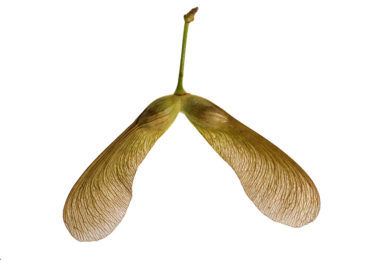
Samara
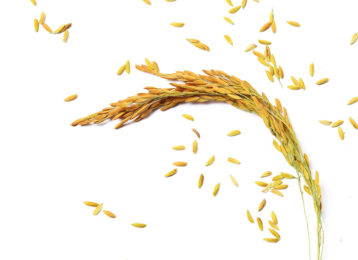
Caryopsis
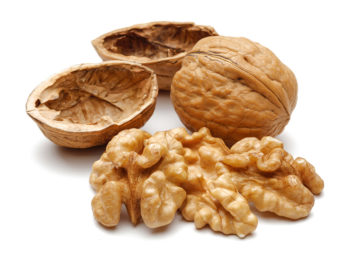
Nut
Dry Fruits – that rupture open
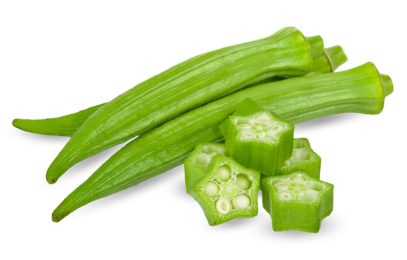
Capsule
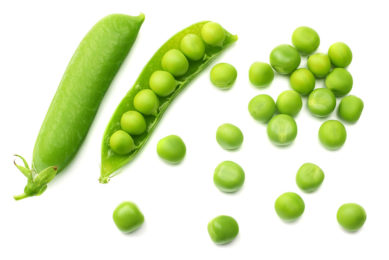
Legume
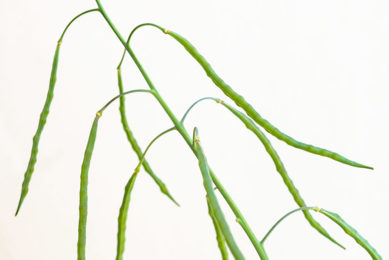
Silique
Check your knowledge: which of these are fleshy fruits and which are dry?
Dry fruits in the video are: nut, samara, achene, silicle, legume, capsule, caryopsis
Sometimes you will get quiz cues directly in the Guide videos, like here:
Why may it be important for seeds to be dispersed far from a parent plant?
Fruit & Seed Dispersal
Fruits often have modifications that enable seeds to disperse far from the parent plant, reducing potential competition.
Six types of fruit (and seed) dispersal

Wind
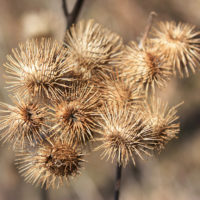
Animals: Burrs and Stickseeds
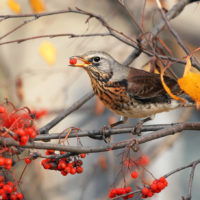
Animals: Fleshy Fruit
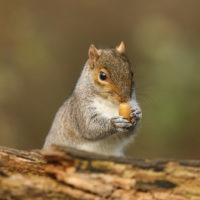
Animals: Stored Nuts
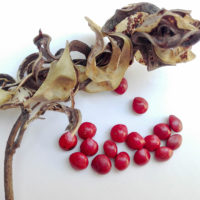
Propulsion: Twisting
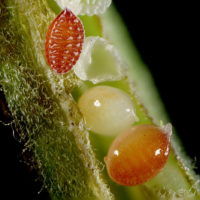
Propulsion: Ballisitics
This video uses specimens to demonstrate fruits dispersing seeds.
Himalayan blackberries are invasive species in many parts of the northern hemisphere, including the willamette valley. You can see both the flowers and developing fruit in this video.
How are these fruits likely dispersed?
Maple trees produce dry samara fruits. This video shows the fruit in action, aiding in seed dispersal.
Many people are planting milkweed seeds because some of the species play a critical role in butterfly life cycles. This video shows how they can spread through a field.
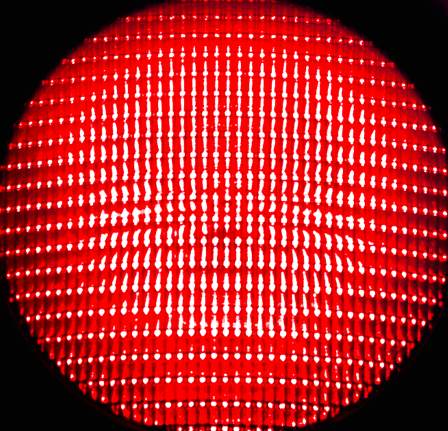
Finish your notes here
This is the end of Guide 1A’s content. After you check your knowledge over the material, proceed to the product page.
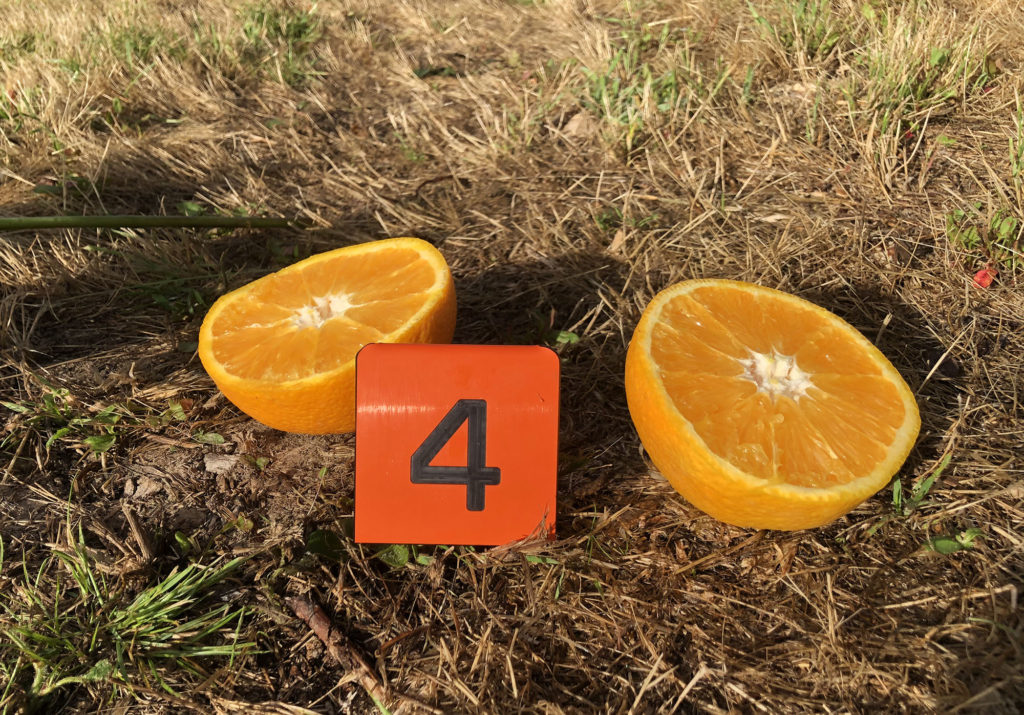
Check your knowledge. Can you:
-
discuss seeds, including the parts of a seed, the process of germination, and examples of commercially important seeds?
-
classify different types of dry and fleshy fruits?
-
provide examples of different forms of fruit and seed dispersal?
